The chain drug business is in flux, trying to evolve rapidly based on a community healthcare model that has impacted the channel’s approach to general merchandise including housewares and home furnishing business in a way that is still unsettled.
Personal care has long been a drug chain focus bringing healthcare and beauty appliances into play for the channel. Now, an even broader notion of self-care is creating a vast umbrella under which general merchandise can evolve in drug chains, which already are emphasizing additional categories in beauty and wellness.
Just as supermarkets are bringing diverse product categories together into a wellness orientation, where blueberries, neck massagers and toothpaste can be promoted jointly for shoppers concerned about health and feeling good about themselves, self-care seems to be an enduring movement that drug chains can leverage to provide coherence and tout the purpose of its non-pharmacy or front-store product presentation.
The COVID-19 pandemic drove customers to drug chains for symptomatic medications and eventually, vaccines and treatments as well as other necessities. Many consumers tapped drug chains for basic everyday needs when picking up medication, in some cases via drive-through windows, so they could avoid additional shopping trips and potential infection by the virus. As such, drug chains became more central to consumer shopping and gained credit for being a community.
The cumulative influence of the pandemic drove traffic to drug chains and increased sales across multiple categories. However, as the pandemic wound down, the question became could they hold onto their gains?
In traffic terms, according to Placer.ai, a downturn in vaccine demand and inflation have dampened foot traffic to major drug chains from their pandemic peaks. Shopping trip consolidation, which remains a trend, now may be working against drug chains as consumers who are less worried about viral exposure concentrate on shopping in other channels such as supermarkets and mass retailers that offer a wider range of merchandise. Yet, at the same time, drug chains are extending omnichannel options, strengthening loyalty programs and expanding healthcare services to make their own case to consumers.
Walgreens Boots Alliance, Placer.ai pointed out, has accelerated the pace of its healthcare expansion. A year ago, the company announced a $5.2 billion investment behind the opening of 600 Village Medical at Walgreens primary care practices in more than 30 U.S. markets by 2025 and 1,000 by 2027. The company also has built out Walgreens Find Care, an online platform that connects patients with digital health service providers.
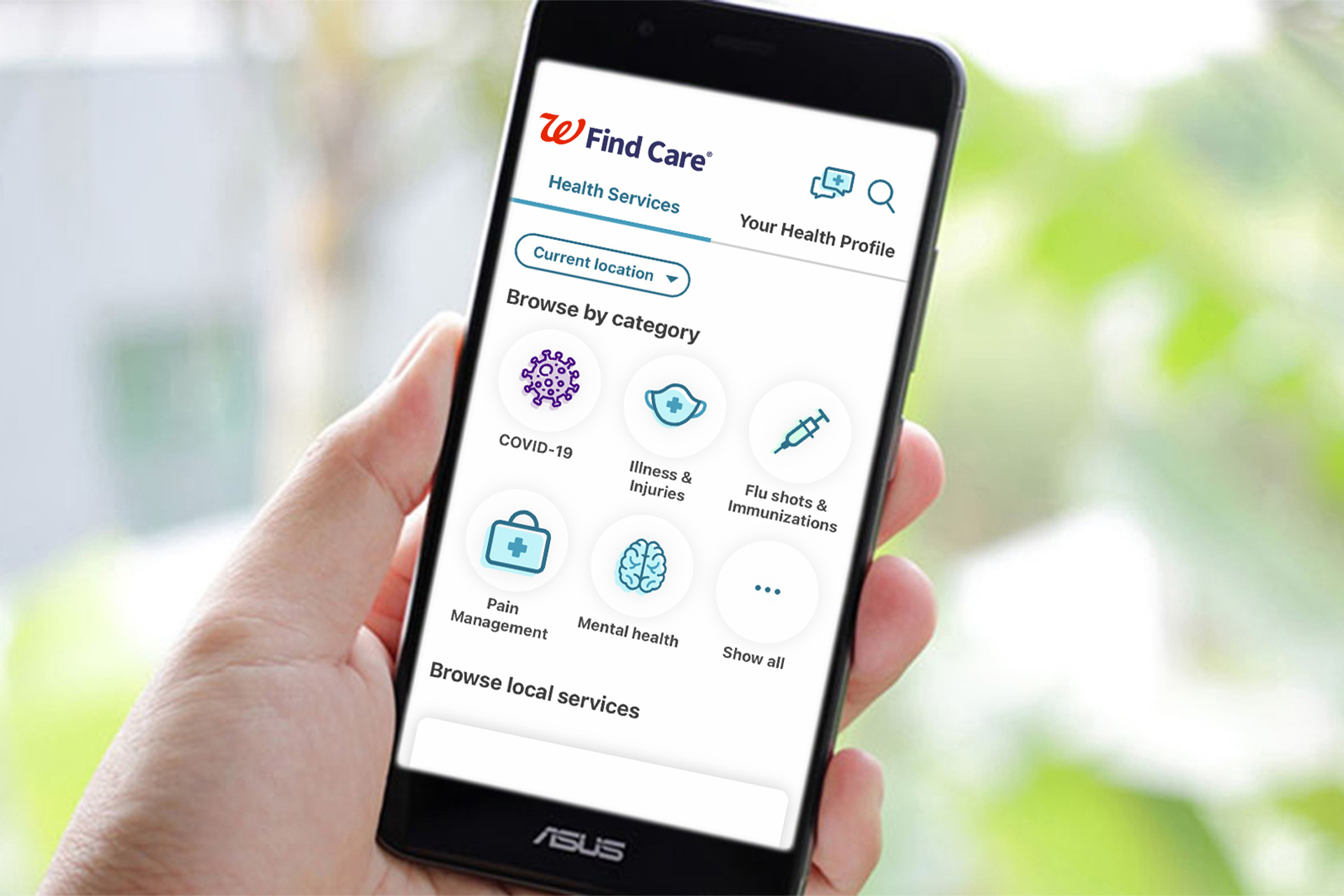
Although year-over-year traffic is down 5.6%, Walgreens visits are up 7.9% versus 2019. So Walgreens remains ahead of where it was pre-pandemic despite fewer visits for vaccines and medications directly tied to COVID-19 traffic and the pressure on consumers that rising costs have created.
At CVS Health, foot traffic also has fallen off versus 2021, down 6.1% in May, but it remains elevated from the same month in 2019, up 7.3%.
Rite Aid Corp. traffic was down 8% from May 2021 and 29.4% from 2019. Still, Placer.ai noted that traffic per venue, a more exacting measure of traffic per location, is only down 6.6% year over year in May and actually up 2.9% year over 2019. The numbers suggest the basic year-over-year traffic decline was the result of store closures and that Rite Aid’s decision to consolidate and focus on its best stores, which also got upgraded merchandising packages, is paying off. The company ended its last complete fiscal year with 2,450 stores versus 2,510 a year at the same point a year earlier, and plans call for shuttering more locations, and that’s just the latest bout of consolidation.
Of the major drug chains, Rite Aid has had the roughest road to travel over the past few years as it reconfigured its operation, including the sales of some 2,000 stores to Walgreens in 2018.
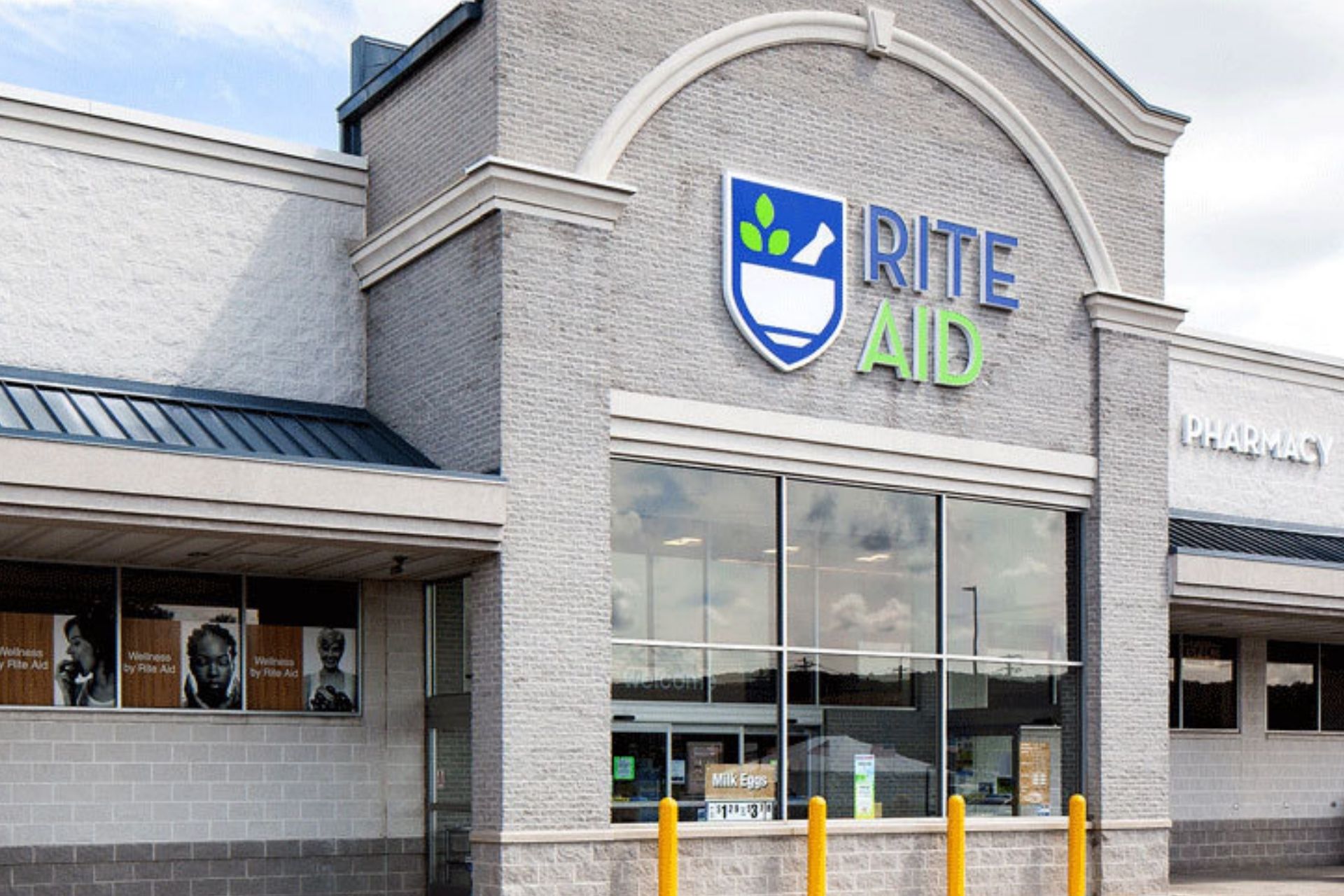
Rite Aid isn’t the only drug chain that’s been closing stores. CVS is planning 900 store closures between this year and 2024, doing so to support the acceleration of its omnichannel health strategy, which will include the creation of new store formats and the optimization of the company’s retail footprint to best serve evolving consumer needs.
Remodeling business strategies have caused major upheavals in the marketplace, including Walgreens’ attempt to outright purchase Rite Aid six years ago. The merger fell apart as the United States Federal Trade Commission questioned the deal, leading to the eventual sale of select Rite Aid stores to Walgreens.
Walgreens suffered its own volatility in the aftermath, including executive changes and a period of consideration about splitting off the European Boots business, although the company decided against that move. In the meantime and despite the Rite Aid deal, Walgreens also has been closing stores under its namesake banner in the United States and the Boots banner in the United Kingdom to consolidate around better-performing locations.
At the same time, major drug chains have been remodeling stores in accordance with their strategies, adding more healthcare functions as they have retooled front-store sales, including general merchandise, seasonal, supplements, food, gifts, greeting cards and, especially beauty, a department that has gotten more attention than most with expanded offerings and upgraded merchandising.
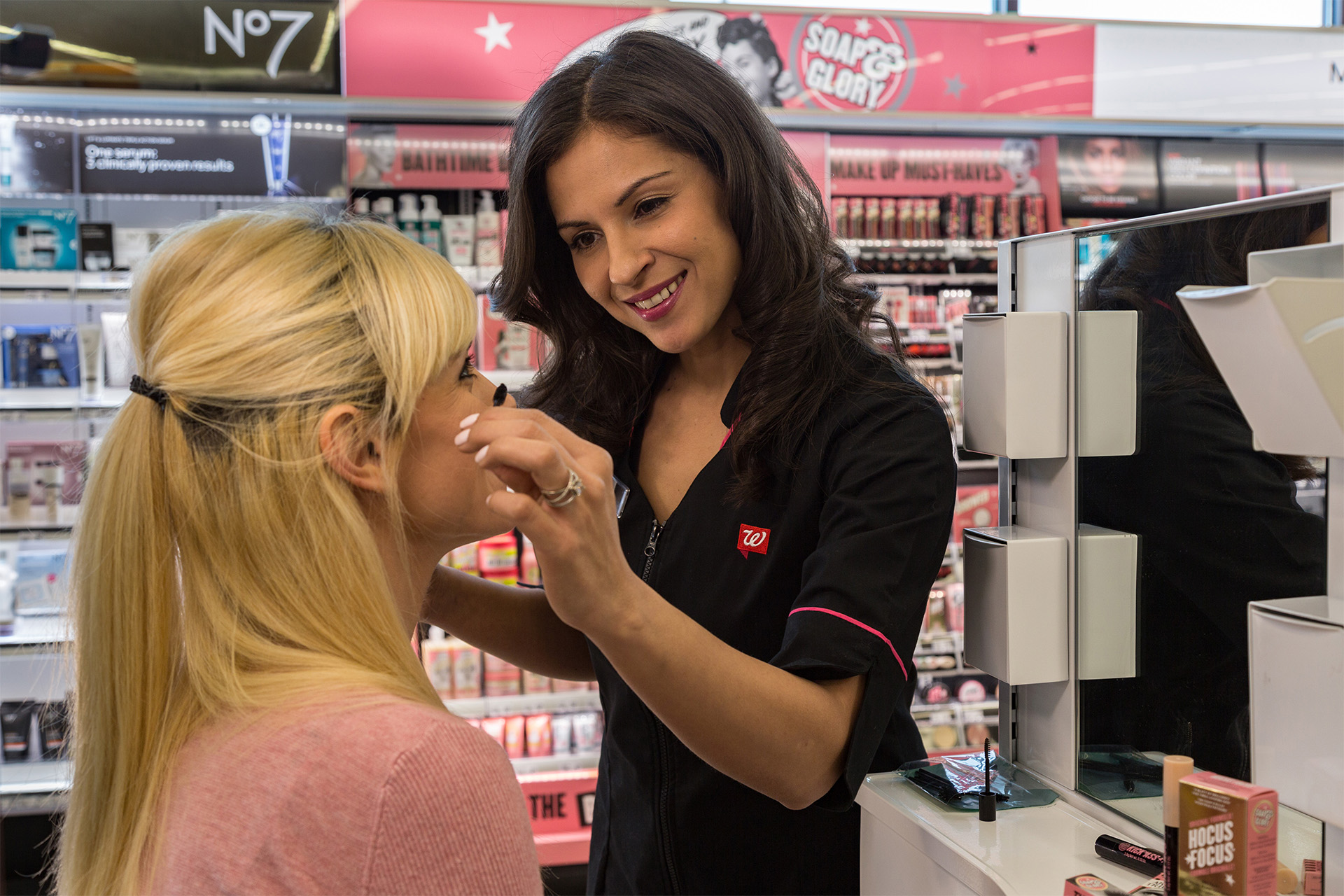
New Ventures
Changes in the drug chain business far exceed the store base. The CVS 2018 acquisition of insurer and healthcare services provider Aetna put it in a position to become a more thoroughgoing responder as the pandemic spread across the United States. The company’s development and expansion of its MinuteClinic operations was critical to its traffic gains during the pandemic, Placer.ai pointed out. In May, CVS expanded its healthcare offering online, rolling out a virtual service called CVS Health Virtual Primary Care to give eligible Aetna and CVS Caremark members access to primary care, on-demand care, chronic condition management and mental health services online. The membership includes the option of in-person examination when needed at an in-network provider. MinuteClinics are among the providers. CVS Caremark is the company’s prescription benefit management subsidiary.
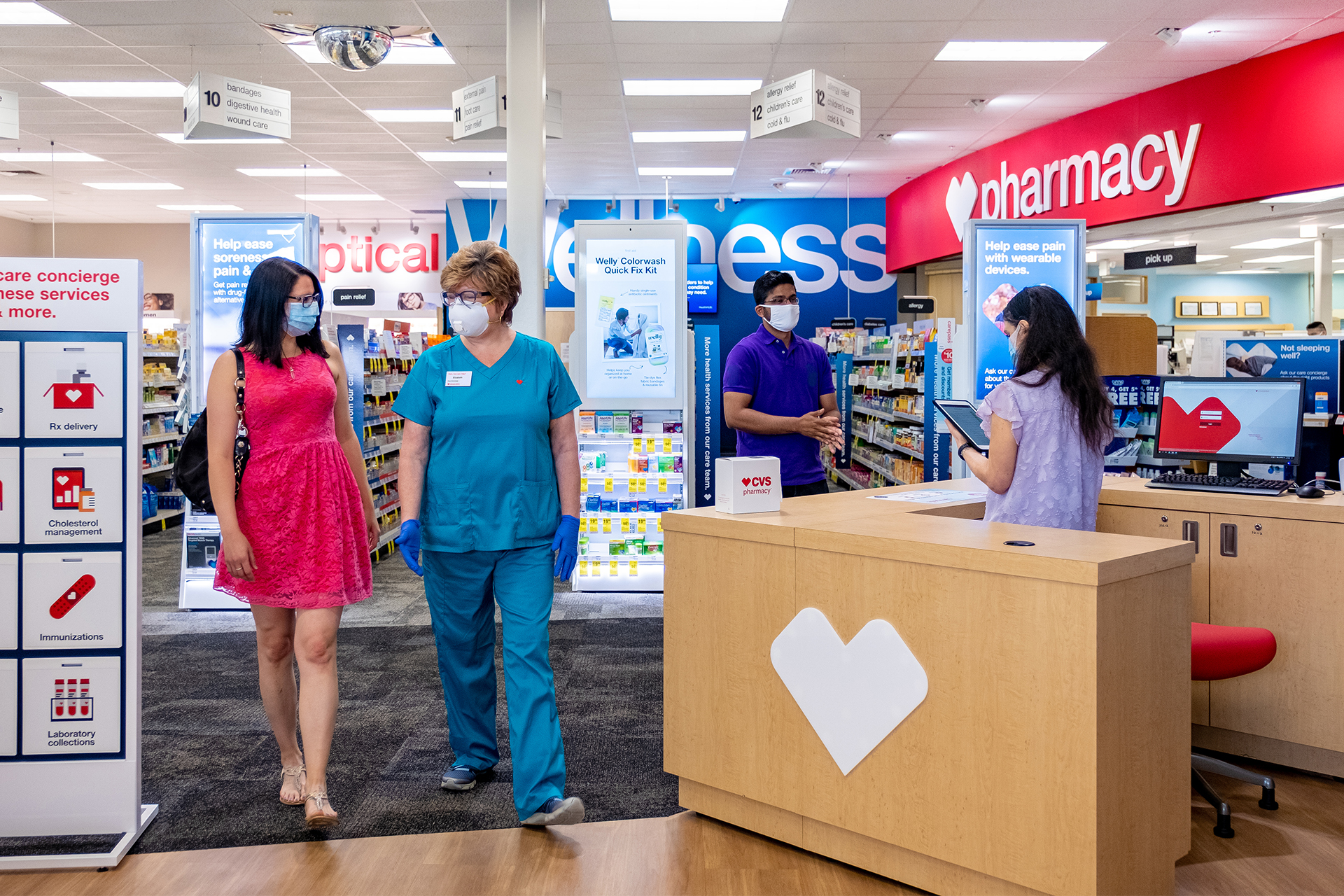
For major drug chains, the expansion of healthcare services provides a particular benefit to the store base as the physical locations tie in via the pharmacy, which is expanding its function at each location and additional operations including clinics. The additional revenues generated based on store participation in effect makes the stores more valuable in a way that would be difficult to achieve through the expansion of typical front-store operations.
Optimizing the investment in physical stores is a key to drug chain evolution. Walgreens’ growth and its addition of mini-clinics in stores, for example, can facilitate the optimization process as the stores have a lease advantage versus competing convenient healthcare businesses. Julie Utterback, a Morningstar analyst said in a research, wrote Walgreens’ “high-traffic brick-and-mortar locations and convenience-oriented approach are less susceptible to pressures from e-commerce and mass merchandisers, particularly in the health and wellness categories than other retailers.”
Once growing through store expansion but having created a sufficient footprint, the goal now is effective and strategic alignment with healthcare partners to advance its presence in local community healthcare. Walgreens’ partnership with VillageMD to establish primary-care clinics in select stores is deepening store capabilities as one-stop shops for care, Utterback stated.
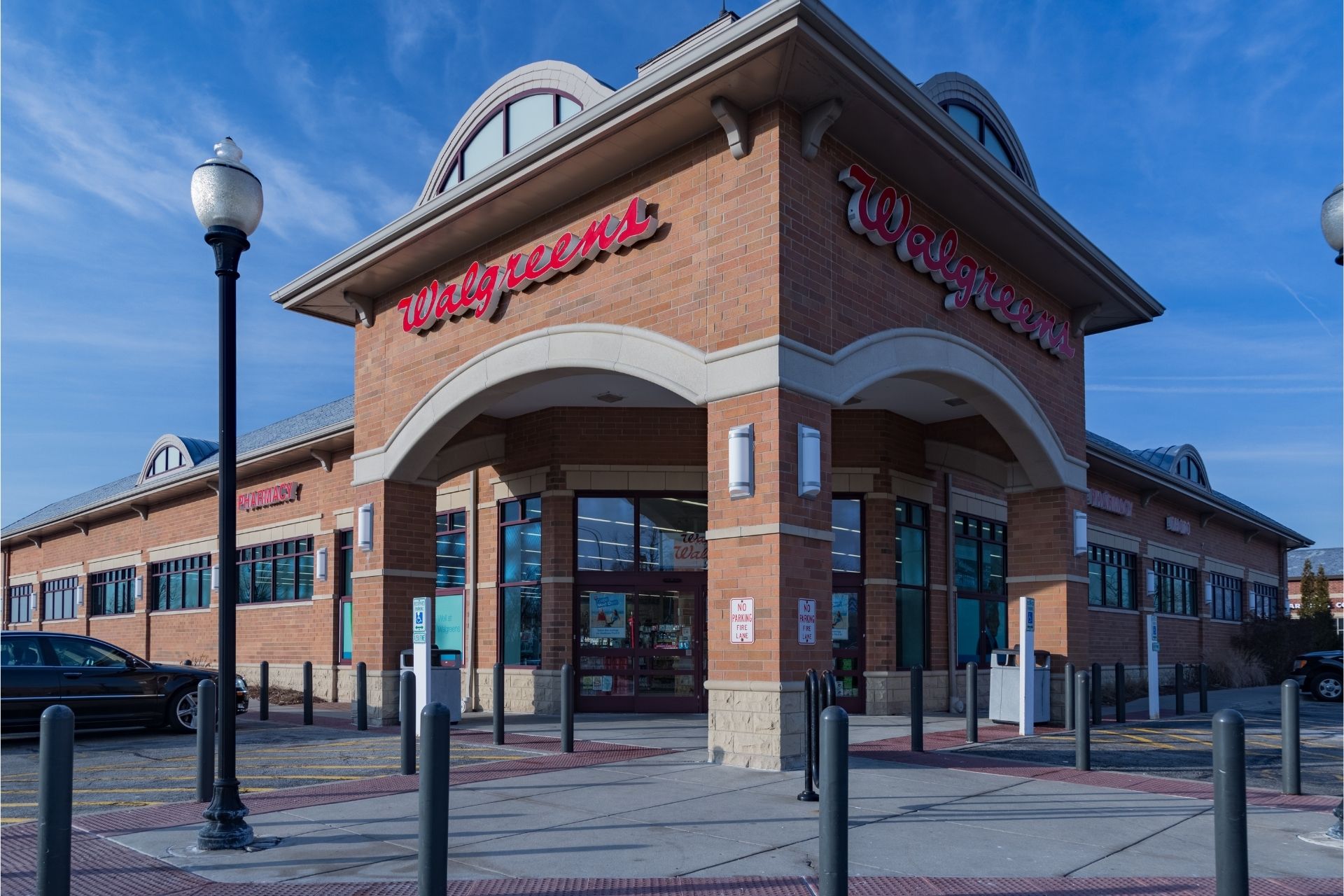
In contrast, Walgreens’ general merchandise operations are not terribly different from those at other drug chains and much less extensive than those at mass merchants. As such, Walgreens doesn’t have the economies of scale Walmart has in general merchandise, Utterback observed. In contrast, neighborhood healthcare, through clinics and pharmacies, provides advantages such that general merchandise is unlikely to be a priority in-store operations in the immediate future. In terms of the larger company, in late September, Walgreens announced that it would accelerate its plans to take full ownership of Shields Health Solutions.
CVS will push even deeper into healthcare in 2023 fulfilling plans to acquire the Signify Health operation, which employs more than 10,000 physicians, nurse practitioners and physician assistants across the U.S. They perform in-home assessments of medical and social health determinants used to recommend care. Utterback asserted that significant synergy potential exists between those home-health services and existing CVS operations, “particularly its HealthHub strategy for the retail stores and its Aetna medical insurance operations.” HealthHubs already operate in select CVS locations offering an enhanced service and shopping combination. HealthHubs provide the same health care and shopping services available at MinuteClinic and CVS Pharmacy but with expanded wellness support and access to a wider variety of health products. Utterback added that Signify’s recently acquired Caravan assets, which will give CVS access to analytical solutions that help medical plans and providers improve cost-effectiveness and care quality in value-based arrangements.
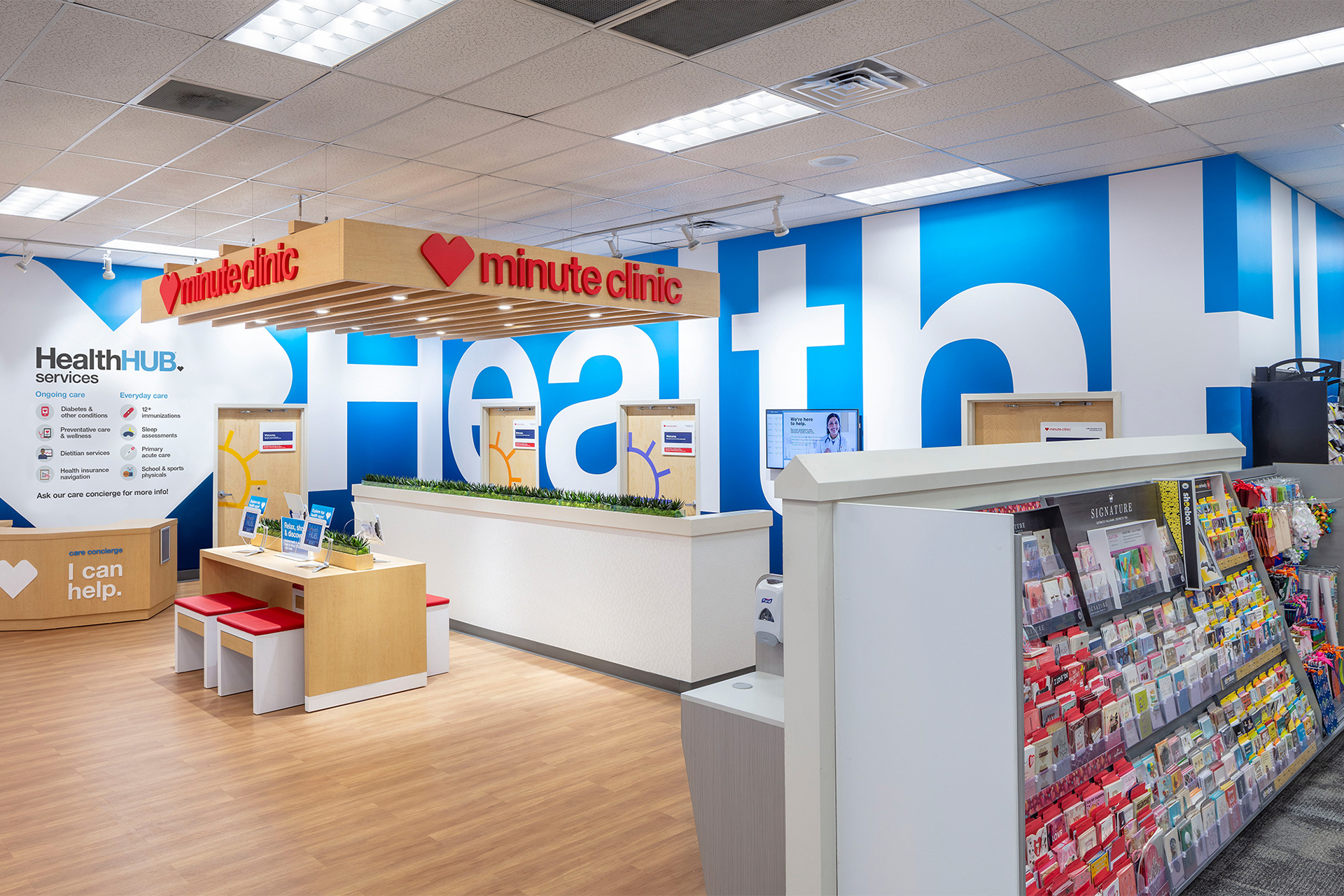
In its updated merchandising package, Rite Aid seems to more consistently hold on to more of the traditional drug chain positioning than its larger competitors, it also is moving further into healthcare services. Such development, though, has hit its speed bumps, including the 2020 closure of its RediClinic operation. However, in August, Rite Aid announced a partnership with WellSpan Health, an integrated health system that includes eight hospitals serving central Pennsylvania and northern Maryland. They have established a partnership to share data and insights to improve continuity across a range of services, increase immunizations, strengthen medication adherence, and promote in-store opportunities to educate customers on products and services that improve overall health and wellness. The partnership also includes clinical services such as preventative medicine and chronic disease management using innovative care models developed to improve access to quality care and reduce healthcare costs. Rite Aid also recently established a collaboration with Quest Diagnostics for testing services and a partnership with Homeward, a company that provides virtual and on-the-ground care via mobile care units for rural communities, with the goal of providing more comprehensive services.
As drug chains continue through an at-times choppy course toward their healthcare goals, they have been changing front store operations to conform to their larger strategies. This approach has its quirks. Drug chains positioning themselves as healthcare resources are cutting tobacco and emphasizing smoking cessation. Yet, they continue to feature sugary sodas, snacks and candy, as well as adult beverages. Indeed, drug chains have tended to increase the visibility of candy and related treats in their seasonal presentations in and off aisle.
Drug chains also have been making various changes in how they treat front-end space over the past several years, with the process having a critical regional component. Stores in more densely populated areas with expensive real estate tend to have smaller drug stores in operation. In the case of Walgreens’ Duane Reade drug store chain, as it operates in New York City’s Manhattan, that means front-end sales have a significant offering of convenience food for consumers who might have limited access to grocery stores.
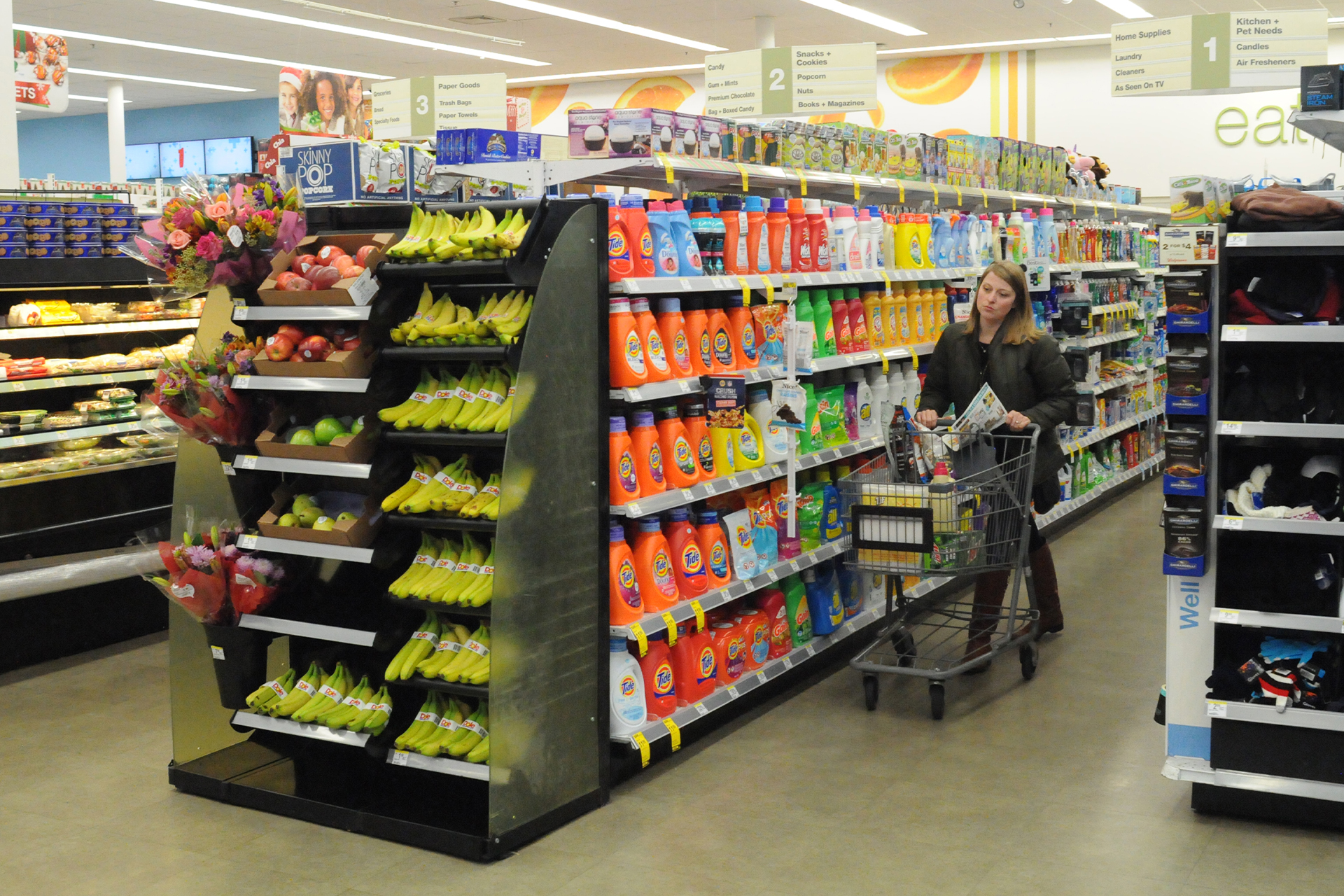
However, drug chains also operate a range of larger stores that can offer more general merchandise in specialized ways, for example, as is seen in Florida resort areas where they offer tourist-oriented products including souvenirs. The varied nature of front-end merchandise, as well as the emphasis on self-care categories, can be a limiting factor in building other general merchandise.
In some ways, drug chains are in transition from a particular everyday needs orientation when retail observers sometimes referred to them as convenience stores for women. Although still cognizant of the female customer, the healthcare direction has given drug chain operations a new spin.
Mark Neckes, who, in his career, has been a consultant, chairman of the marketing department of at Johnson & Wales University and a retail buyer, notes that drug chains, taken from a broad perspective, have been moving in step with aging populations and the needs they have, and they were doing so well before the pandemic. Where other retailers place a major emphasis on gaining favor with emerging younger consumers, drug chains, which generate around 70% of store sales from prescriptions, have moved to address the needs of aging Baby Boomers and Gen Xers, and even Millennials entering the age of aches and pains and wrinkles. Add to that doctors becoming increasingly aggressive in preventive medicine — promoting the use of everything from sunblock to statins — and it seems likely that consumers will become more engaged with drug store operators, chain or otherwise, and at an earlier age. The drug chain channel’s drift can be understood in the context of how the healthcare sector is evolving, Neckes notes, and competitive strategies are based on how they can win consumers who are looking for help dealing with medical issues and self-care.

So, companies that want to work with drug chains should recognize that they are likely to become more focused on products that people picking up prescriptions and otherwise following doctor’s advice might choose. Not that such an effort will be simple. Neckes points to dietary supplements as a case in point. They have become a bigger business in part because many Americans see them as a handy remedy for aging and a variety of illnesses.
Indeed, according to Grand View Research, the North America dietary supplements market size was worth $50.12 billion in 2020 and is set to grow at a 5.6% compound annual growth rate from 2021 to 2028. The growth of supplements alone, Neckes said, is bound to limit the front-end space that drug chains devote to other non-pharmacy goods unless they also suit the customers they are pursuing. At the same time, devices that promise to deal with the effects of aging, whether physical or cosmetic, have a better chance of making it onto drug store shelves.
“Anything to help them stay young,” he says. “That’s where the shift has come, especially, now, among Millennials.”
Virtual Solutions
Digital operations are the potential wild card in the future of drug chains. As much as housewares and home décor have been deemphasized in some drug settings, the idea of offering expanded offerings online represents an opportunity. However, how drug chains regard that opportunity differs and must be tempered given the focus on and investment in healthcare systems ranging from in-store clinics to telehealth to specialty pharmacy.
Walgreens has been expanding its infrastructure in support of e-commerce, but the emphasis is on prescription and other healthcare products, as well as beauty. In a recent check, the 47 items listed under Kitchen Appliances on the walgreens.com website were heavy on water pitchers and their accessories, as well as food scales. The digital presentation included three private label lines: Complete Home, including a timer, reusable coffee filter and a car vacuum; Smile & Save, offering coffee filters; and The Living Home, including two coffee makers, a toaster, a hand mixer, a tea kettle and two blenders. The assortment included a handful of national brand items, including a trio of hot air popcorn poppers from Nostalgia Electrics, an Aroma single-burner hot plate, a Sharper Image s’mores maker, a Bodum coffee grinder and French press and an As Seen on TV Bell and Howell Nutri Chopper.
In personal care, in one example, Conair had 182 items available under hair care, both electric and non-electric.
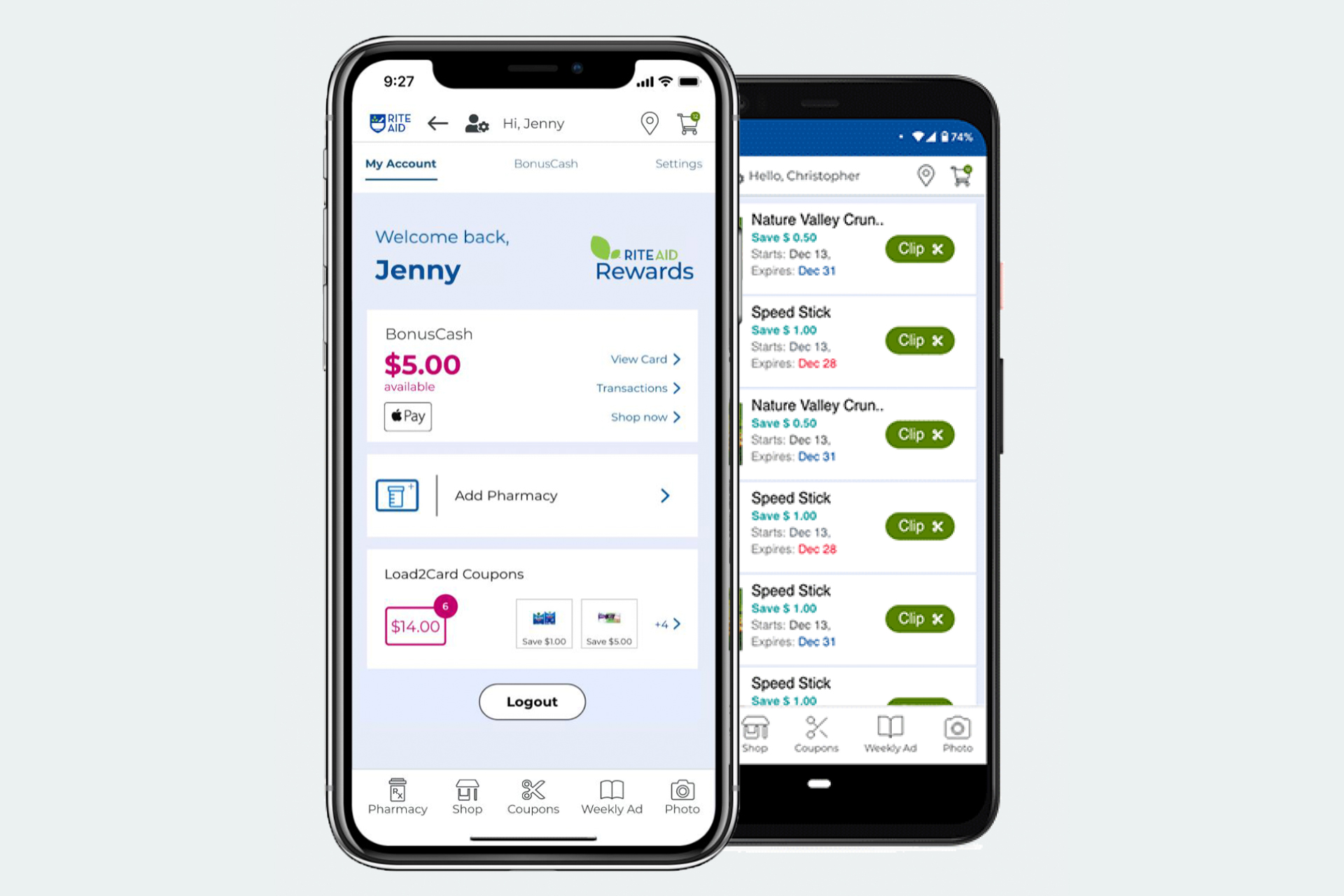
Rite Aid, for its part, relaunched its website, mobile application, and e-commerce solution in the first quarter of fiscal 2021 to personalize the user experience on what it characterizes as a modern and scalable platform that will serve as the foundation for a digital and omnichannel solution. In terms of housewares, the online selection for kitchen items included a Power XL Vortex Air Fryer and Graystone 10-inch fry pan, a Farberware Fresh Measure Cups & Spoon Set and a SodaStream Terra Sparkling Water Maker among a few other items.
Of the big three drug chains, CVS has the most extensive array of small appliances online and the widest variety of national brands ranging from Good Cook to Sunbeam, and products ranging from panini makers to irons. It’s not that the selection is vast. Rather it plugs in a product or two across just about all popular segments. The Kitchen Accessories lineup is even larger with more than 112 Good Cook items, the largest brand presentation.
Just as at Walgreens, the personal care assortment far outstrips the other housewares categories at Rite Aid and CVS. As such, drug chains, for all their drift into healthcare, remain general merchandise retailers even if to a lesser extent than might once have been the case.
The seeds of a resurgence exist for housewares and home furnishings categories such as candles and aromatherapy that once got a more comprehensive emphasis at drug chains. As they turn into whole-health organizations and take a more advisory role in wellness, drug chains might seize the opportunity to reemphasize household categories in alignment with their evolution.
As such, drug chains can potentially leverage their other operations to reinvent their general merchandise operations under the personal/self-care umbrella. That could enable kitchenware and cookware opportunities in connection with nutritional advice that drug chains offer through their various professional contacts. The opportunity is especially ripe online, where the drug chains could link nutritionists to recipes to corresponding prep and cook products. As they evolve as omnichannel operations, drug chains can further leverage the links between in-store and online operations to support healthy living.





